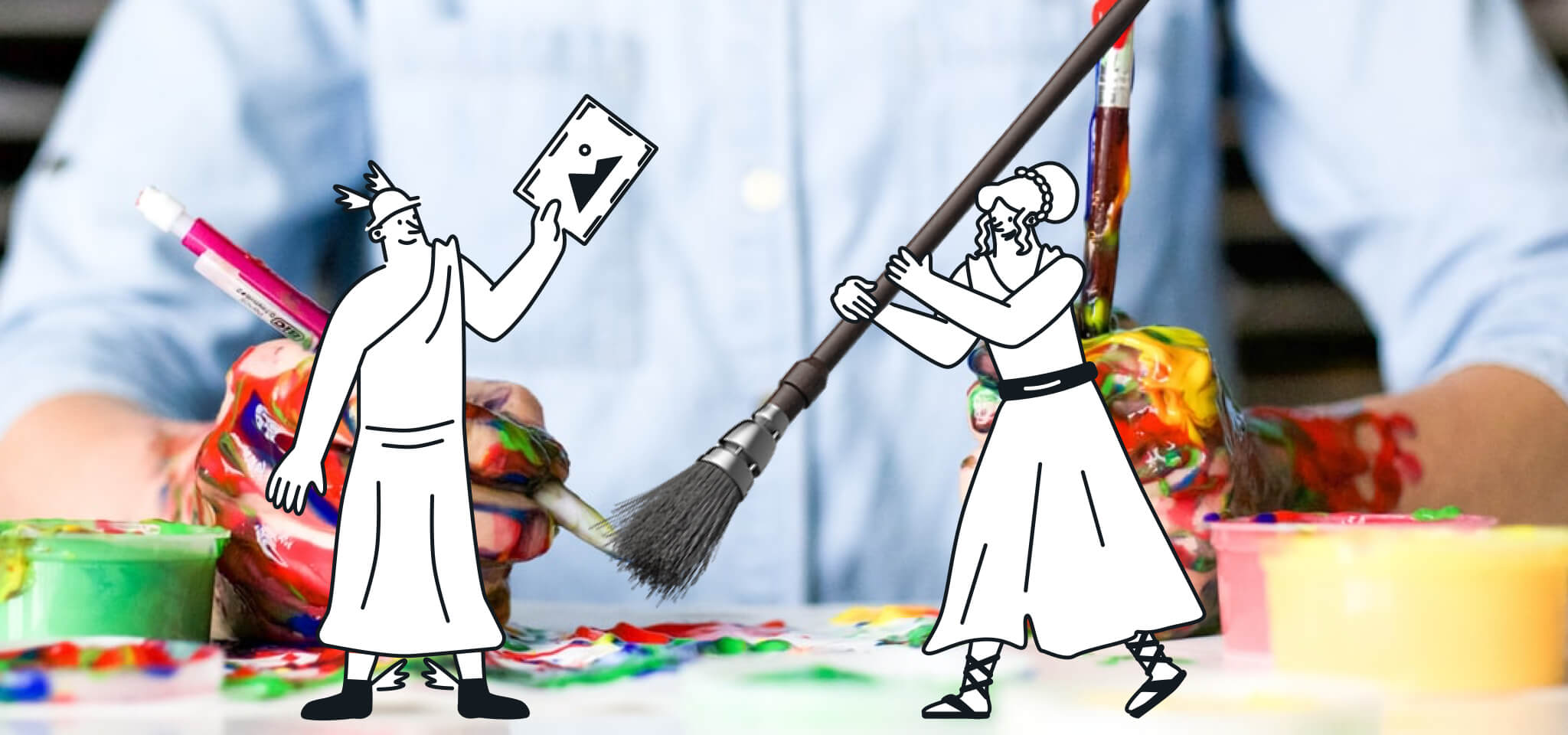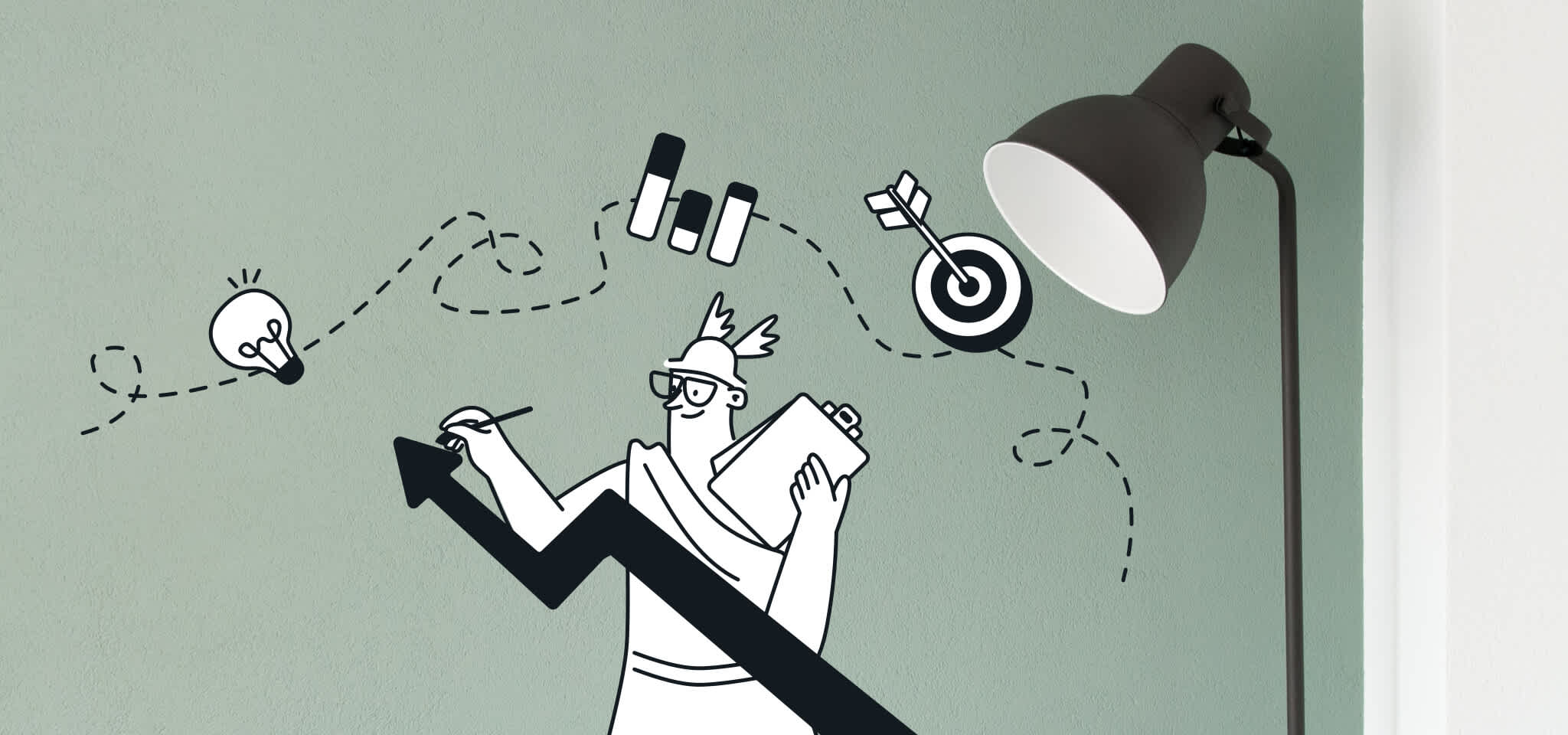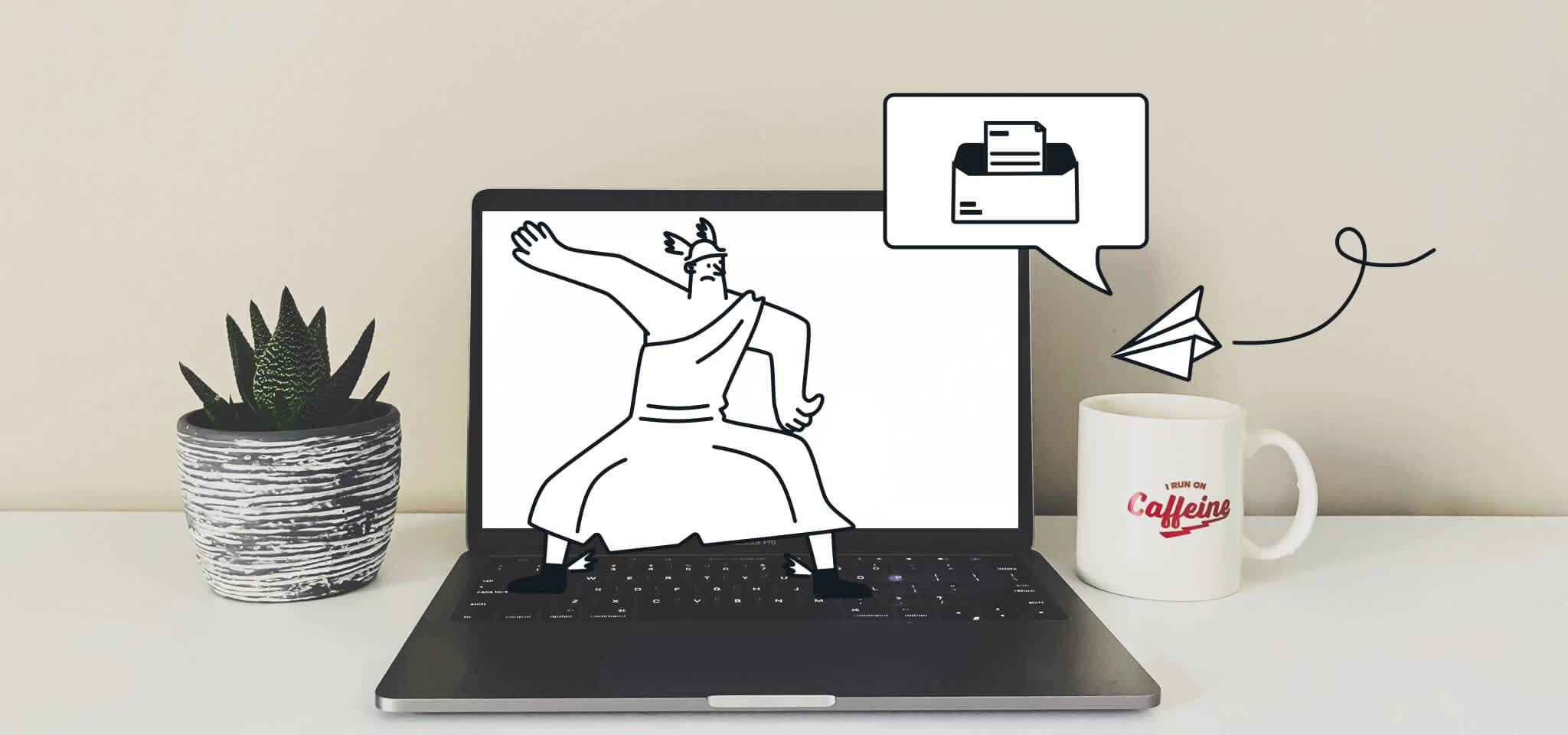Email best practices
Infographic: The psychology of color in email marketing
how "marketing colors" can help your email convince people to use your product? Check out our complete article about marketing psychology and colors!

PUBLISHED ON
So you're wondering how "marketing colors" can help you convince people? We all realize that colors can have different effects on our mood, and marketers have been using this in branding and advertising since the profession began. Just think about how we describe emotions using colors: feeling blue, seeing red, green with envy etc.
Leveraging how colors can affect emotions is vital for the success of your marketing strategy and efforts. Considering that, on average, a reader spends about 8 seconds on an email once opened, you will definitely want to find a way to attract their attention and interest.
In this post, we will be exploring the psychology of colors in email marketing and what effect these can have on the end-user and even deliverability.
Table of content
Keep your product in mind when picking colors for your marketing campaigns
Gender plays a role when picking colors
Impact of the use of color on email marketing deliverability
Final thoughts
Applying color to email marketing
What captures the reader’s attention once they open an email is not the text, but the visual elements, such as color, design, and images… Howehttps://app.contentful.com/spaces/y6oq7udscnj8/entries/3A97yrlU8iSRYt0NPcXAtnver, it is color in particular that can awaken interest, or, conversely, cut it at the root, if the combination of colors does not work well.
To help you with your email marketing strategy and to ensure you use the ideal color combination to achieve your goals, we have prepared this infographic with examples of real emails and the messages that each color transmits to the user.

In a Huffington Post article, Leslie Harrington, Executive Director of The Color Association of The United States suggests that: “we react on multiple levels of association with colors. There are social or cultural levels as well as personal relationships with particular colors”. You also have an innate reaction to color. For example, when you look at red, it does increase your heart rate. It is a stimulating color. This goes back to caveman days of fire and danger and alarm.”
From white to black and in between, here are 7 main colors and the different feelings they evoke:
Color | Feeling | Comment |
|---|---|---|
Color | ||
Red | Energy | Boosts your energy levels and increases adrenaline. Considered a high energy color, to be used in rooms and areas where we need to be more productive, such as home offices. We also associate this color with passion and romance. This is proven to derive from our ape ancestors - male chimpanzees and baboons are attracted to the reddened females during ovulation, considered sexual signals. |
Feeling | ||
Orange | Fun | Represents warmth and happiness, providing optimism and trust. With associations to sunny days and bright light, orange is known to bring a positive outlook on life and portray good health by being stimulating. |
Comment | ||
Yellow | Optimism | Yellow is known to be uplifting, happy and cheerful. It is also the most illuminating color, so used in a physical context (rather than psychological), it can be straining on the eye, thus providing a feeling of anger and frustration. No wonder all the cars try to run me over when I wear my high visibility jacket while cycling! |
Blue | Trust | Blue is considered the color of honesty, loyalty and trust. Even though it is the most favoured color by men, Blue is known to be a calm color with soothing effects. This could be one of the reasons that doctors and nurses wear blue and green, especially when we consider they are opposite red on the color wheel. |
Green | Growth | Due to its extensive association with nature, green is the color for growth and peacefulness. Also considering that it’s in the middle of the color spectrum, it’s considered the color of balance. Green tends to be reassuring however with our modern conceptions of ‘$’, we can also see green as money. |
White | Neutral | White is known to resemble sterility and cleanliness. Due to artistic depictions of religious figures as white and pure, this shade has also come to represent holiness and goodness. As white provides little stimulation for the senses, over use of it can come across as cold and boring. |
Black | Hidden | Apart from its negative connotations such as “evil” (being the opposite of white), death and darkness, black can be seen as mysterious and hidden from the world. This is one of the reasons why when I was 18, I didn’t wear anything but black. In color psychology black means power and control. “People who like black may be conventional, conservative and serious, or they may think of themselves as being sophisticated or very dignified.” Judy Scott-Kemmis argues. Taking all these points into consideration, black can be an empowering shade to use, if used in the right amount, for the right audience. |
Keep your product in mind when picking colors for your marketing campaigns
When considering the use of certain colors in email campaigns, the first thing we need to consider is its association to our brand. Maintaining the integrity of the brand is our number one goal, and after that we can start to think about the messaging and the moods that the colors will portray to the audience.
In a research report entitled ‘Impact of Color in Marketing’, it was uncovered that 90% of decisions made about certain products can be based on their color alone.

via KISSmetrics
Gender plays a role when picking colors
Another angle on choosing the right color for your email campaigns is gender. Psychology of colors can be gender specific and certain colors are favoured more than others by males and females, as KISSmetrics uncovered.

via KISSmetrics
After considering your target audience, you’ll want to think about conversion. What colors will invite your prospects to take action? We recommend A/B testing (or A/X testing!) as well as Segmentation as different approaches work differently for each campaign and segment.
Here is an experiment done by Hubspot:

Taking into consideration what we have learnt so far about these two colors, as well as putting them in a modern context such as driving, where green means “Go”, red means “Stop”; which of these two buttons do you think had the higher conversion
The red button outperformed green by 21%! Probably not what you had in mind, right? Knowing which colors to use for call-to-actions is an ancient old and biblical discussion that will never end (okay, not really).
The lesson we must learn here is that even if we do our due diligence and research, we should always be testing our campaigns. Every customer is different and their response to each color can vary depending on a variety of reasons such as mood, location, device used, choice of color combination and so much more.
Impact of the use of color on email marketing deliverability
As you may already know, there are a host of key phrases which Internet Service Providers (ISPs) don’t like, which means if these words are used then the email is very likely to go straight to the spam folder. These are called SPAM triggering phrases.
Just like these phrases which may send your email into SPAM, you’ll need to consider your image to text ratio - as a rule of thumb use 25% image and 75% text.
Unfortunately, ISPs don’t reveal exactly what triggers spam filters, however through the same collaborative effort of finding out what words trigger them and what text to image ratio we should be using, we have come to understand that extensive use of red in texts is one of the main tip offs.
Red is known as a ‘loud color’, so extensive use of it within text or background usually means that we’re really trying to get the users attention. The same principle is used towards CAPITALS, large texts and symbols such as exclamation or the dollar sign.
Most SPAM filters work on a scoring system. Each of the mentioned attributes above carries a maximum score. The higher your total score, the more likely your emails will end up in SPAM.
Final thoughts
So what have we learnt so far? Psychology of colors in email marketing can be tackled from different angles. Next time you’re designing your email campaigns, keep these thoughts in mind:
Does my color combination of text, images and background complement my brand?
Have I overused ‘loud’ colors?
Have I considered what call to action colors are used to increase conversion?
What mood am I trying to create with this message and choice of colors?
"I must A/B test. I must A/B test. I must A/B test. I must A/B test."
Have any of you email marketing campaigns benefited particularly from the use of color? Share your experience with us on Twitter.
***
This blog post is an updated version of the post “Psychology Of Colors For Advertising, Marketing And Email“, published on the Mailjet blog on February 16, 2015 by Amir Jirbandey.








